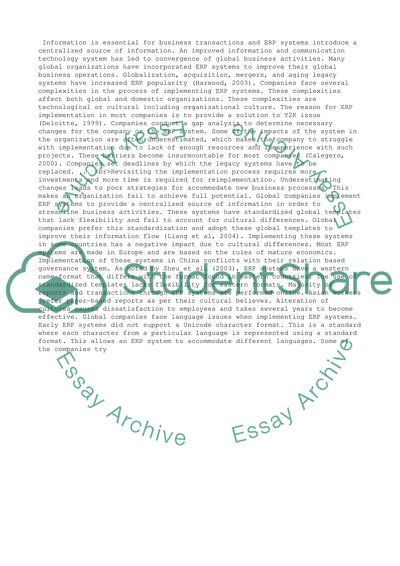Cite this document
(“Business Research Paper: Implementation of ERP Systems Paper”, n.d.)
Retrieved from https://studentshare.org/business/1399251-enterprise-resource-planning-integration
Retrieved from https://studentshare.org/business/1399251-enterprise-resource-planning-integration
(Business Research Paper: Implementation of ERP Systems Paper)
https://studentshare.org/business/1399251-enterprise-resource-planning-integration.
https://studentshare.org/business/1399251-enterprise-resource-planning-integration.
“Business Research Paper: Implementation of ERP Systems Paper”, n.d. https://studentshare.org/business/1399251-enterprise-resource-planning-integration.


